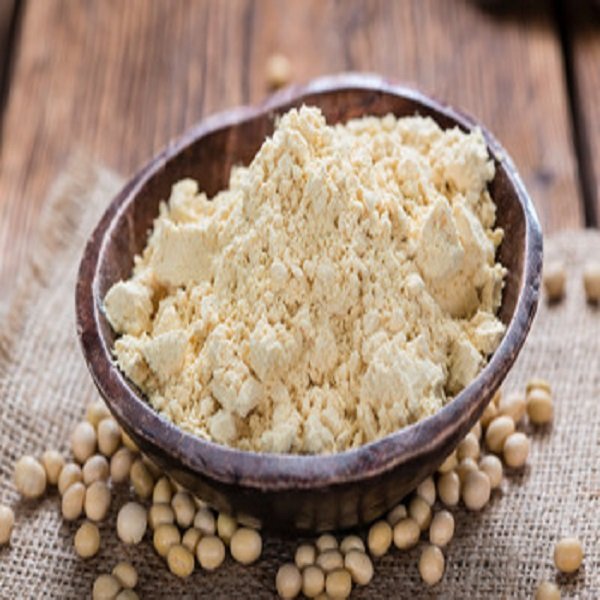Soy protein isolate is a full-price protein food additive produced from low-temperature desolubilized soybean meal. The protein content of soy protein isolate is more than 90%. There are nearly 20 kinds of acids, and they contain essential acids. It is rich in nutrition and does not contain cholesterol. It is one of the few varieties of plant protein that can replace animal protein.
Features
Soy protein isolate is a surfactant, which can reduce the surface tension of water and oil as well as the surface tension of water and air. It is easy to form a stable liquid. During operation, adding soybean protein isolate as a chemical agent can stabilize the product state.
Hydration
Soy protein isolate contains many polar groups along its peptide chain skeleton, so it has water, water retention and swelling properties. The water power of isolated soy protein is much stronger than that of concentrated soy protein, and it is almost not affected by temperature. It also has the ability to retain water, and the high water retention capacity is 14g water/g protein.
Oily
When soy protein isolate is added to meat products, it can form liquid and gel matrix to prevent fat from moving to the surface, thus it plays a role in promoting fat collection or fat binding, which can reduce the loss of fat and juice during meat product processing and help maintain The appearance is stable, and the oil rate of the separated protein is 154%.
Gelling
It enables the soy protein isolate to have higher viscosity, plasticity and properties. It can be used as a carrier for water, as well as a carrier for flavors, sugars and other complexes, which is extremely beneficial to food processing.
Foaming
Among soy protein, soy protein isolate has good foaming properties, and the foaming properties of soy protein can give food a loose structure and good taste.
Conjunctival
After the meat is chopped, it is coated on the fiber surface with a mixture of soy protein isolate and egg protein to form a film, which is easy to dry, can prevent odor loss, is beneficial to the rehydration process, and provides a reasonable structure for the rehydration product.
Applications
1.Meat products
Adding soy protein isolate to higher-grade meat products not only improves the texture and flavor of meat products, but also increases the protein content and strengthens vitamins. Because of its strong functionality, the amount of 2~5% can retain water, fat, prevent segregation of gravy, improve quality, and improve taste. The protein isolate injection is injected into meat like ham. After the meat is processed, the percentage of ham can be increased by 20%. In the hot pot products, tribute balls, sprinkle beef balls, chicken breast balls, Minnan fragrant meat, sweet and not spicy, tempura, flowering sausage, kiss intestines, Taiwan grilled Intestines, hot dog intestines, meat skewers, Sichuan-flavored chicken fillets, joints, tops, wheatgrass chicken, Orleans roast duck embryo, conditioning wing roots, marinated drumsticks, luncheon meat, sandwiches and other meat products are processed, soy protein isolate Adding can make the product structure better, soy protein isolate and Bangli’s vegetarian meat powder can be added at the same time. Nutrition is more scientific.
2. Surimi products
The Soy protein isolate is used in fried fish cakes, fish tofu, fish steak, fish plate, fish rolls, conch balls, north sea fin, crab steak, crab sticks, scallops, grilled sausage, shrimp flavored sausage, abalone sausage, sea cucumber hot pot sausage, fish sausage, fish rice flower, and 20-40% fish meat can be taken .
3. Drinks Products
Soy protein isolate is used to replace milk powder, non-dairy beverages and various forms of milk products. It is nutritious and does not contain cholesterol. It is a food substitute for milk. Soy protein isolate is used in the production of cream instead of skimmed milk powder, which can improve the nature of cream, delay sugar crystallization, and prevent “sanding”.
4. Pasta products
Adding no more than 5% protein isolate when producing bread can increase the volume of bread, improve the color of the skin and extend the shelf life; adding 2~3% protein isolate when processing noodles can reduce the breaking rate after boiling and increase the noodles The yield, and the noodles have good color and taste similar to vermicelli noodles.

